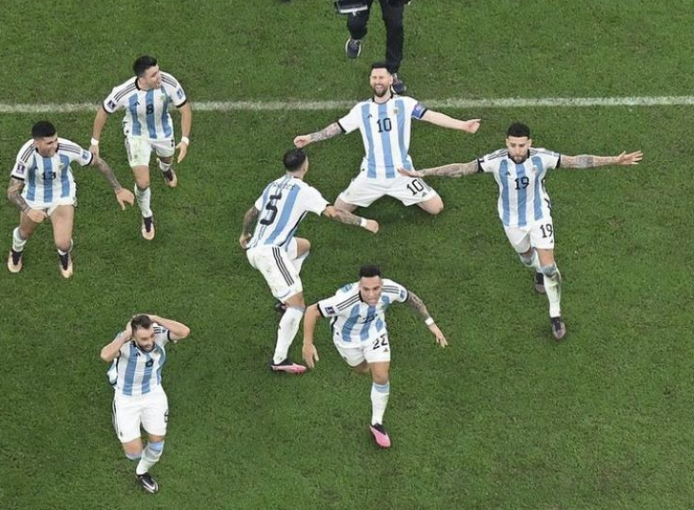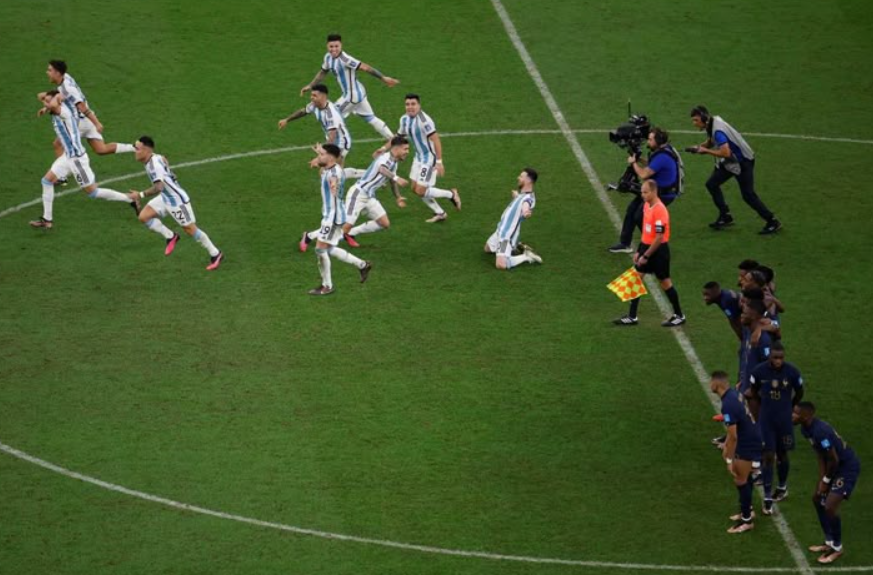In Argentine football, rivalry matches — known locally as clásicos — are not just games. They’re events that split cities, families, and sometimes stadiums in half. But beyond the passion and pageantry, these matches do something else: they warp the betting market. Form gets ignored. Models break. And punters, if they’re smart, find edge in the irrationality. Because where emotion takes over, the odds don’t always tell the truth.
You probably know about the Superclásico — Boca Juniors vs River Plate. But Argentina is full of rivalries that carry just as much local weight: Rosarino (Newell’s vs Rosario Central), Platense–Tigre, Huracán–San Lorenzo, Estudiantes–Gimnasia, and more. Each has its own logic — or lack thereof — and each influences betting in unique, often contradictory ways.
Why Clásicos Break Betting Models
In most leagues, recent form and player stats drive pre-match pricing. But in Argentina, rivalry matches are shaped by external forces that aren’t easily quantified — crowd intensity, political pressure, stadium bans, referee assignments, and even astrological advice. The result is that odds often reflect reputation more than reality.
| Distortion Factor | Effect on Odds |
| Recent form gets ignored | Underdogs often priced shorter than they should be |
| Public money skews favourites | Popular teams backed heavily by casual fans |
| Emotion drives erratic outcomes | Results often deviate wildly from expectations |
| Player discipline fluctuates | Card, foul, and penalty markets spike unpredictably |
| Home advantage is amplified | Clásicos bring extra intensity at home grounds |
A team that hasn’t won in six can suddenly become odds-on at home because it’s a derby. And a stronger side might drift to 2.50+ purely because their rival “has more to play for emotionally.”
Betting Opportunities in Clásicos
Experienced local bettors don’t try to predict these matches the normal way. They hunt patterns that recur despite the chaos. They know which rivalries explode early, which ones simmer, and which ones always end 1–1 regardless of tactics. Here’s what they target:
– Card markets – Clásicos are intense. Even minor derbies often feature 6+ cards. Refs are under pressure and tend to flash early to keep control. First booking inside 15 mins often lands
– BTTS: No – Many Argentine derbies are cautious. Teams fear defeat more than they crave victory
– Halftime draw – In 60%+ of recent major rivalries, scores are level at the break
– Late goals – Many clásicos are decided between 75–90 mins when tension peaks
– Penalty markets – With so many box incidents, penalty bets carry excellent value
These bets work not because of cold logic, but because emotion follows patterns too.

What Local Punters Know That Bookmakers Often Miss
While foreign markets get caught up in form tables and goal difference, local punters look at subtler clues — the type you only notice when you’ve lived through ten editions of the same grudge match. They know when a crowd will be 80% hostile even in a “neutral” venue. They know when players are carrying yellow cards from previous grudges. And they know which coaches always “park the bus” in derbies.
Here’s what locals factor in that bookies often overlook:
– Fan dynamics – Full stands? Closed doors? Away section banned? Crowd context matters
– Player psychology – Who grew up in the youth system of the rival? Revenge narratives matter
– Media pressure – Some derbies dominate front pages for days — and that can freeze favourites
– Security protocols – Sometimes rivalries kick off early due to curfews or political protests
– Refereeing politics – Certain refs are known to “lean” toward specific clubs in big matches
These aren’t conspiracy theories. They’re observed behaviour. And they directly affect match flow — and bets.
Local Wisdom: Bet the Emotion, Not the Numbers
Argentine punters don’t always need spreadsheets. They know that in Estudiantes–Gimnasia, the crowd at the Estadio Uno turns into a 12th and 13th man. They know that Lanús–Banfield is one of the most spiteful matches in the country and often features a red card. They know that Talleres–Belgrano could be postponed due to crowd incidents — and that alone shifts how and when you bet it.
Don’t chase line movement — in clásicos, it often reflects public money, not sharp money. Instead:
– Track yellow and red card trends per fixture
– Watch press coverage of referee assignment
– Listen to local radio or fan forums for club pressure
– Avoid accumulator parlays involving rivalry matches — they’re too volatile
– Use in-play betting to catch emotion shifts (early yellow? Back red at 5.00+)
Second-Tier Clásicos Are Even Wilder
Don’t think this logic only applies to the Primera. In the Primera Nacional and even Torneo Federal A, local derbies are even more combustible. Less media coverage means more value — and less predictable odds.
– All Boys vs Nueva Chicago – Violence, cards, chaos
– San Martín Tucumán vs Atlético Tucumán – Northern tension, late drama
– Chacarita vs Atlanta – One of the most intense yet overlooked derbies in Argentina
– Instituto vs Belgrano – Córdoba’s battle has a long memory and big atmospheres
– Ferro vs Huracán – Inner-city grit and a deeply personal edge
These matches may not be on TV internationally, but they’re goldmines for those watching closely.
Rivalry matches in Argentina aren’t anomalies — they’re systems of passion, pressure, and predictable unpredictability. The odds may drift, but emotion anchors these games in chaos. The sharp punter doesn’t try to beat the bookies with models. They do it by understanding history, local tension, and how madness repeats itself every time a clásico kicks off.

